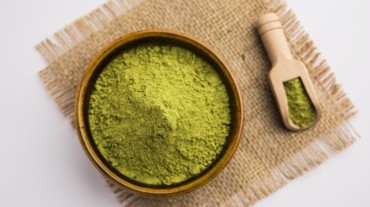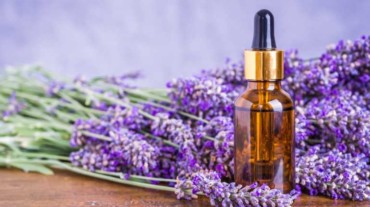
Karwa Chauth is just around the corner and it is time for the most awaited part of this festival – decorating our hands with mehendi or henna! All women absolutely love this part of Karwa Chauth, but hate to wait in endless lines at the shop, pay the ‘festival price’ and ruin their skin because of the chemical-infused henna they apply. So, here’s a simple solution to all these problems—why not make henna at home!
Henna is a reddish-brown dye, obtained from the powdered leaves of the Old World shrub, which has been used since ages to dye grey hair and for temporary body art such as mehendi. Henna is a completely natural product and doesn’t harm the skin or hair in any way.
It is not at all expensive and is easily available in the local stores. All you need to do is make a paste of it and put it in a cone, so that you can do henna art (mehendi) on your hands.

Take a cup of high quality henna powder. Make sure you buy the green one instead of black as the latter is infused with chemicals. Sift this henna through a muslin cloth into a glass bowl. Don’t use a plastic bowl as it will get stained.

Add 2 tablespoon of granulated white sugar to the sifted henna. Sugar will help the paste retain its moisture and it will also stick better to the skin.
You can add water to make the henna paste and get the desired consistency but it is best to use lemon juice instead. Using something acidic like lemon juice, helps henna release the dye which enhances the colour of henna after application.
Next, you can add a teaspoon of essential oil of your choice (lavender, tea tree, etc.). Adding an essential oil enhances the fragrance and also moisturizes your skin, so that the drying of henna doesn’t irritate your skin.

Mix everything together, cover it with a plastic wrap and set it aside for 4-6 hours. Test henna by putting a drop on your hand and wipe it, if it leaves an orange stain then you are all set to go!
Now, try making some easy mehendi designs on your palm to get set for the day!
Select Topics of your interest and let us customize your feed.
PERSONALISE NOW